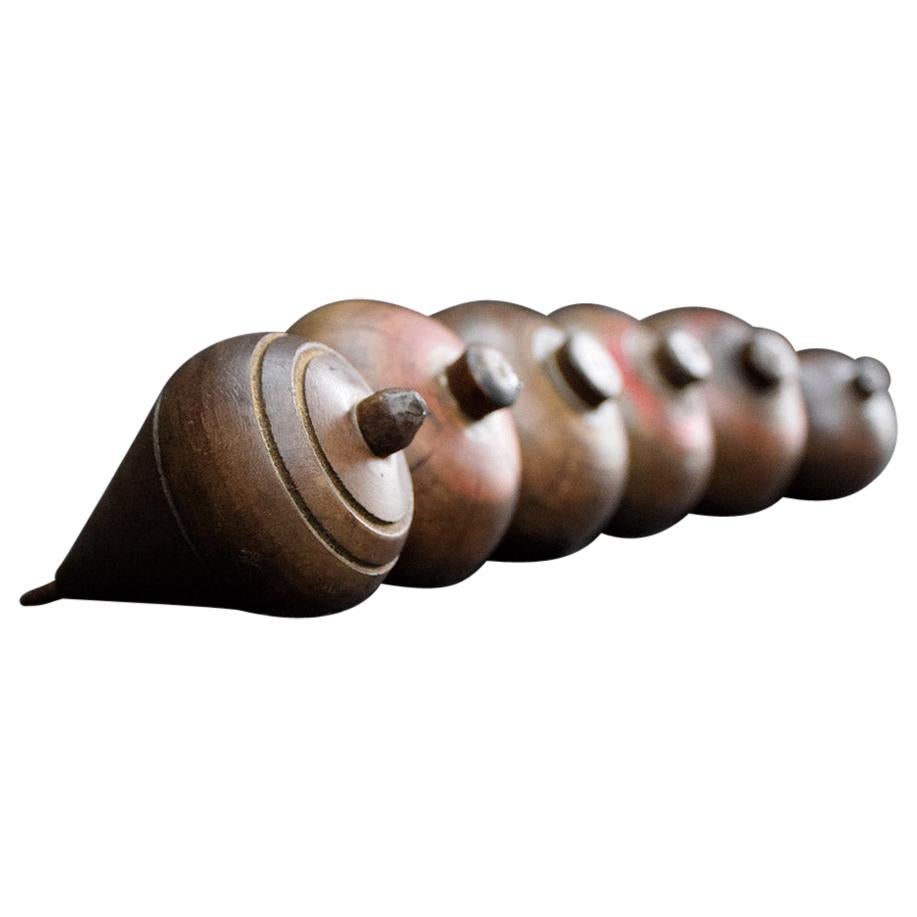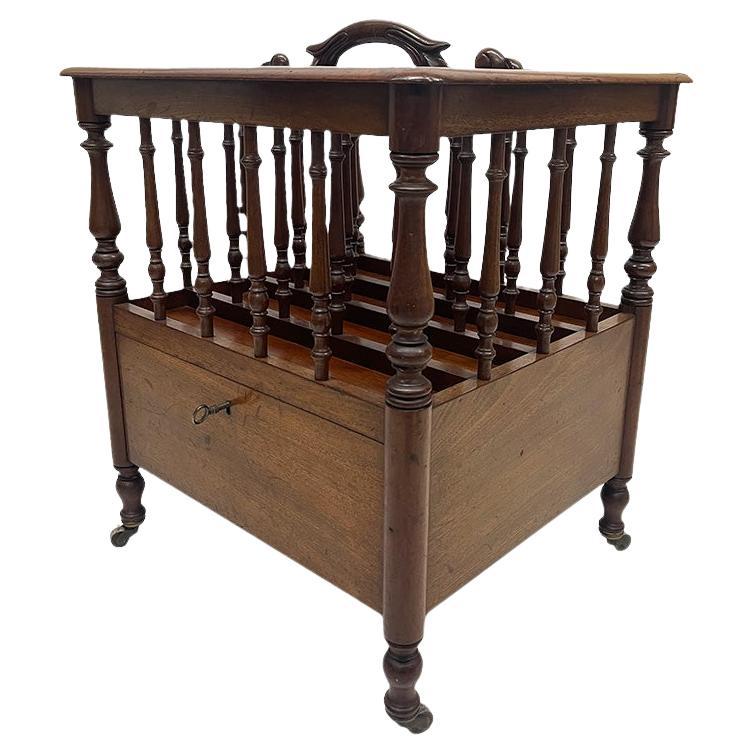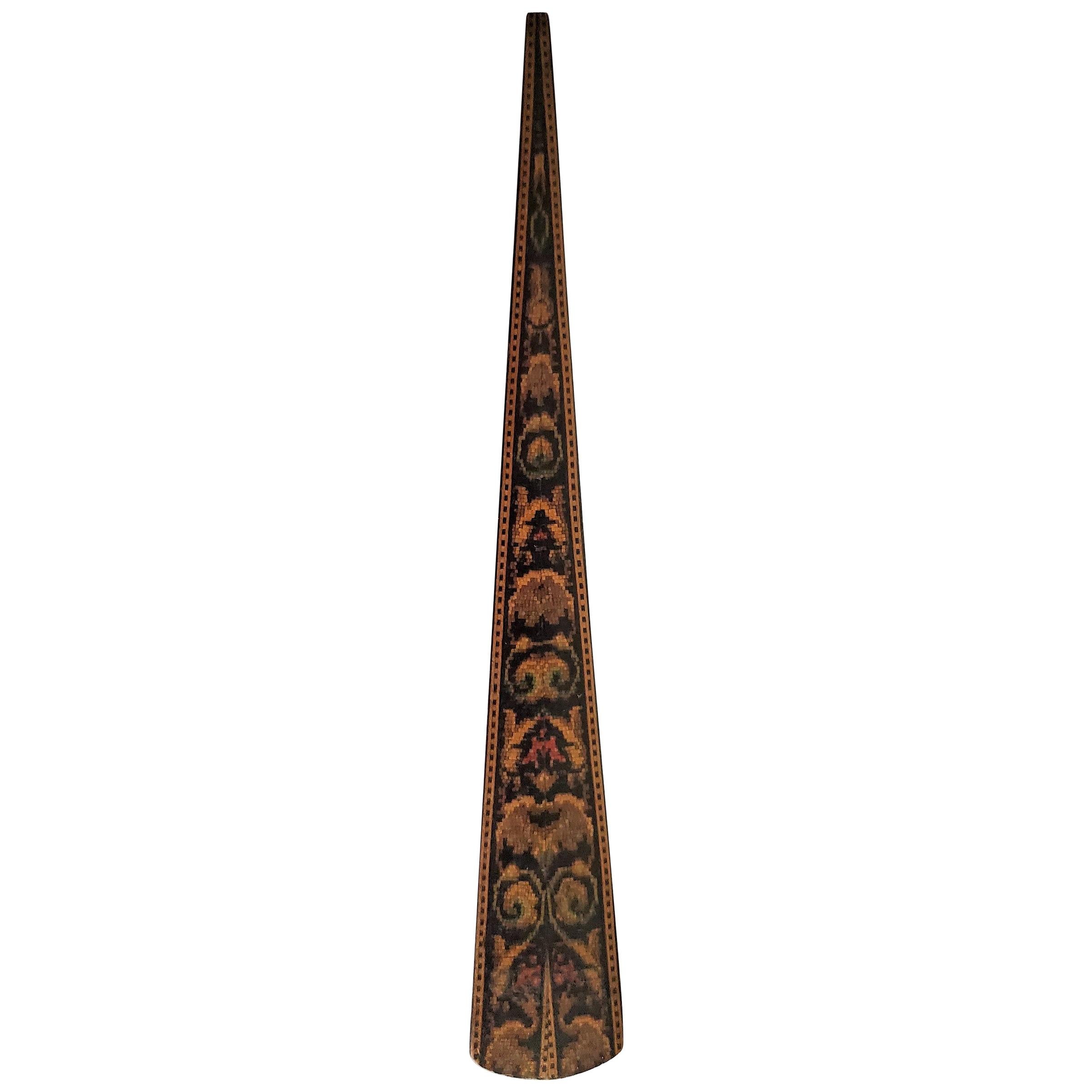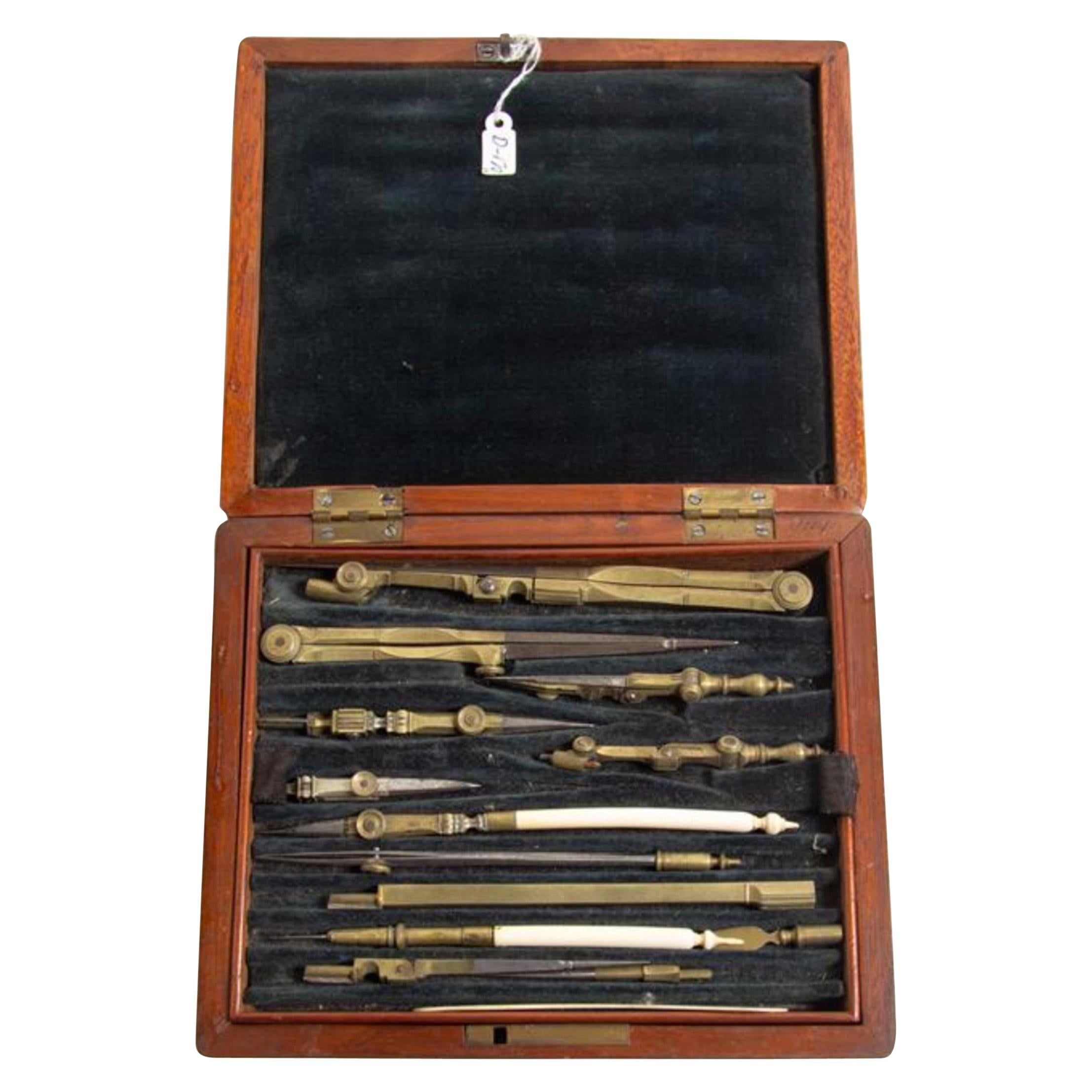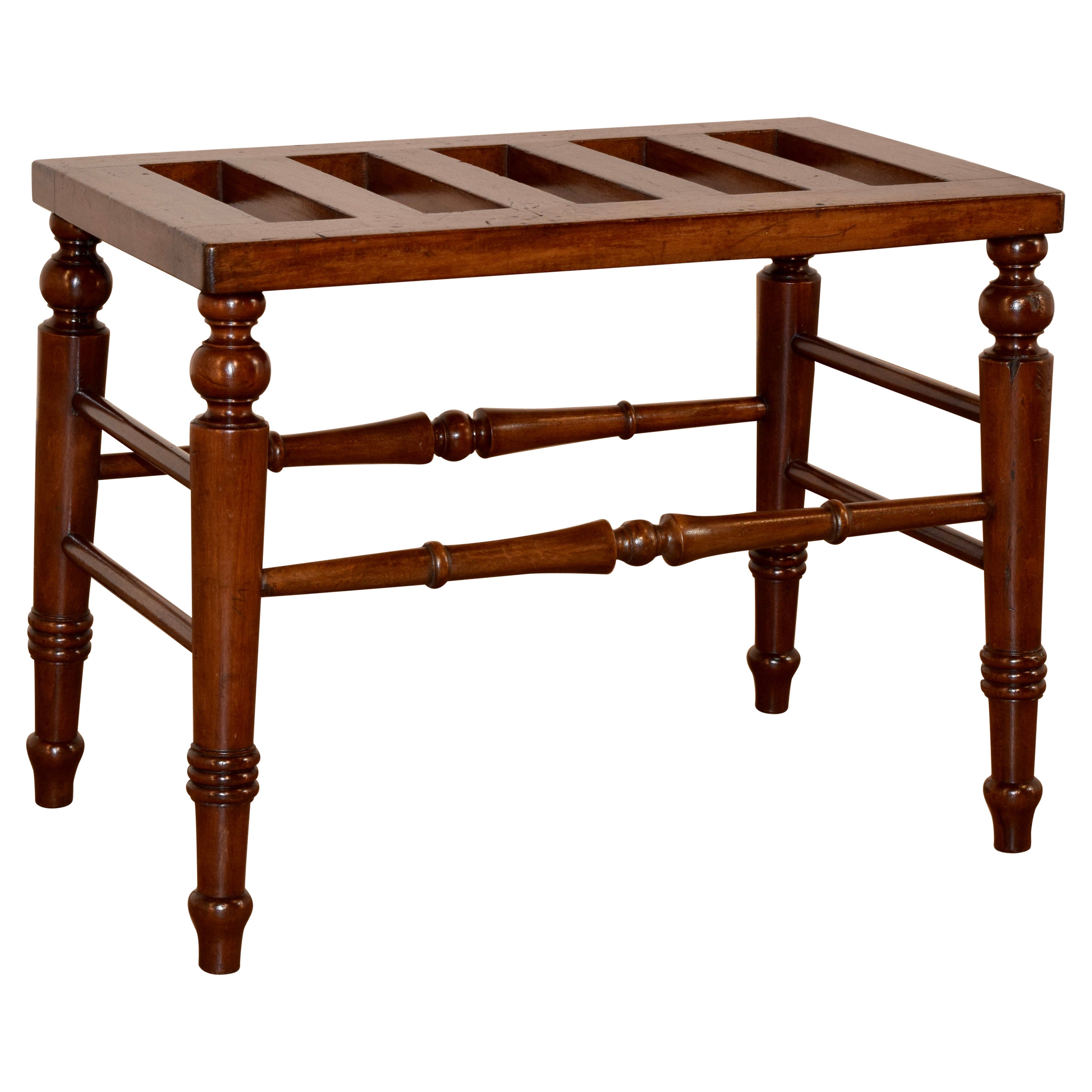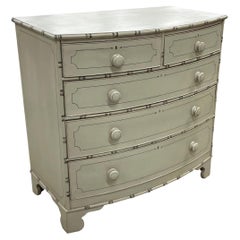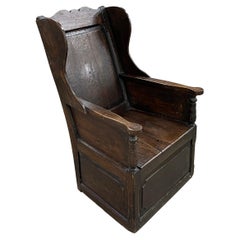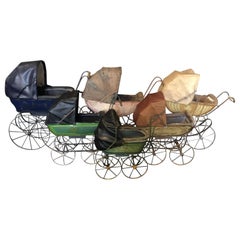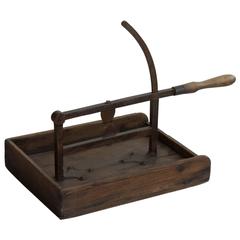
Rare Set of 19th Century English Sugar Nips
View Similar Items
Want more images or videos?
Request additional images or videos from the seller
1 of 10
Rare Set of 19th Century English Sugar Nips
About the Item
- Dimensions:Height: 18 in (45.72 cm)Width: 27 in (68.58 cm)Depth: 13.75 in (34.93 cm)
- Materials and Techniques:
- Place of Origin:
- Period:
- Date of Manufacture:19th Century
- Condition:
- Seller Location:Calgary, CA
- Reference Number:Seller: GP1016-31stDibs: LU90746393703
About the Seller
5.0
Gold Seller
These expertly vetted sellers are highly rated and consistently exceed customer expectations.
1stDibs seller since 2011
119 sales on 1stDibs
Typical response time: 2 hours
More From This SellerView All
- Antique English Regency Faux Bamboo Chest of DrawersLocated in Calgary, AlbertaAntique English Regency bow fronted chest of drawers. This beautiful painted faux bamboo dresser has 2 smaller drawers over 3 lar...Category
Antique Early 19th Century British Regency Commodes and Chests of Drawers
MaterialsWood
- 18th Century Primitive Catalan BenchLocated in Calgary, AlbertaCirca 1700s primitive rustic farmhouse bench from the Cataluña region, Spain. The patina is superb with its dark rich finish acquired over centuries of use. It is of a solid plank c...Category
Antique 18th Century Spanish Primitive Benches
MaterialsWood
- 18th Century Country Lambing ChairLocated in Calgary, AlbertaThis lovely country farm oak lambing chair was found in Wales, UK. From the 17th to the 19th century, these chairs were commonplace in British farmhouses...Category
Antique Late 18th Century British Chairs
MaterialsWood, Oak
- 18th Century French Fauteuil ChairLocated in Calgary, AlbertaLate 18th century Louis VXI period French fauteuil chair. It has an oval cameo back with a cartouche to the top, with downnswept arms and fluted legs. It still has visible remnants o...Category
Antique Late 18th Century French Louis XIV Armchairs
MaterialsBeech
- Set of Antique French Hardwood Skittles and BallLocated in Calgary, AlbertaPrimitive set of 6 antique hand carved hardwood skittles (fr. quilles) and 1 ball. Wonderful decorative item with lots of weathered character. The game of quilles was first played i...Category
Antique 19th Century French Primitive Sports Equipment and Memorabilia
MaterialsHardwood, Wood
- Antique English Pine Potboard DresserLocated in Calgary, AlbertaAntique English pine potboard dresser with old paint. It has plenty of storage with 2 double cupboard doors below 2 drawers. Lovely old wooden pul...Category
Antique 19th Century British Victorian Dressers
MaterialsPine
You May Also Like
- Set of English 19th Century Spinning TopsLocated in London, GBSet of English 19th century spinning tops We are proud to offer a set of 19th century English spinning tops, showing a lovey natural patina with wrought...Category
Antique 1890s British Victorian Toys
MaterialsPine
- 19th Century English Games Compendium SetLocated in London, GBThe domed case constructed in a well marked Coromandel, with protective brass guard strips, having a rising and lockable lid and a gated front, with a Satinwood interior, revealing t...Category
Antique 19th Century English Victorian Games
MaterialsBrass
- Set of 6 Rare French 19th Century Antique Doll CarriagesLocated in Hopewell, NJBought in the south of France this set of antique doll carriages are an enchanting collection with wooden handles, original paint, and working wh...Category
Antique 19th Century French Models and Miniatures
MaterialsMetal
- 19th Century English CanterburyLocated in Delft, NL19th century English Canterbury A Canterbury in mahogany wood with four divisions and a drawer, raised on legs with brass castors. Made in England in the 19th Century, between 1820...Category
Antique 19th Century English Magazine Racks and Stands
MaterialsWood
- Rare 19th Century English Tunbridgeware Hair Pin or SlideLocated in Dallas, TXPresenting an absolutely gorgeous and extremely unique and rare 19th century British Tunbridgeware hair pin/bobbin or slide. This slide is unlike any of it’s kind we have seen before…. it is a very rare survivor ! From circa 1860–1880. Made of walnut with gorgeous marquetry inlay on the entirety of the front with classic Tunbridgeware micro-mosaic all over the front. The rear is walnut. The marquetry inlay appears to be various different woods, namely, maple, walnut and satinwood. Would have been worn in a Lady’s hair bun with the micro-mosaic facing forward. This would have belonged to a very elegant lady in the mid to late 19th century. Tunbridge ware is a form of decoratively inlaid woodwork, typically in the form of boxes, that is characteristic of Tonbridge and the spa town of Royal Tunbridge Wells in Kent in the 18th and 19th centuries. The decoration typically consists of a mosaic of many very small pieces of different coloured woods that form a pictorial vignette. Shaped rods and slivers of wood were first carefully glued together, then cut into many thin slices of identical pictorial veneer with a fine saw. Elaborately striped and feathered bandings for framing were pre-formed in a similar fashion. There is a collection of Tunbridge ware in the Tunbridge Wells Museum and Art Gallery in Tunbridge Wells. The famous makers of Tunbridge ware were in the Tunbridge Wells area of Kent; their most notable work was from circa 1830-1900. Early makers of Tunbridge ware, in Tunbridge Wells in the mid-18th century, were the Burrows family, and Fenner and Co. In the 19th century, around 1830, James Burrows invented a technique of creating mosaics from wooden tesserae. Henry Hollamby, apprenticed to the Burrows family, set up on his own in 1842 and became an important manufacturer of Tunbridge ware, employing about 40 people. Edmund Nye (1797–1863) and his father took over the Fenner company when William Fenner retired in 1840, after 30 years in partnership with him. Thomas Barton (1819–1903), previously apprenticed at the Wise factory, joined the Nyes in 1836, and worked as Nye’s designer; he took over the business in 1863 and continued there until his death. In Tonbridge (near to Tunbridge Wells), George Wise (1703–1779) is known to have had a business in 1746. It continued with his son Thomas, and Thomas’s nephew George (1779–1869), who took over in 1806. In its early years the company made articles such as workboxes and tea caddies with prints of popular views; later items had pictures created from mosaics. Their workshop in Tonbridge, Wise’s Tunbridge Ware Manufactory, was next to the Big Bridge over the Medway; the building was demolished in 1886 to widen the approach to the bridge. Tunbridge ware became popular with visitors to the spa town of Tunbridge Wells, who bought them as souvenirs and gifts. Articles included cribbage boards, paperweights, writing slopes, snuffboxes and glove boxes. At the Great Exhibition of 1851, Tunbridge ware by Edmund Nye, Robert Russell and Henry Hollamby was shown; Edmund Nye received a commendation from the judges for his work. He exhibited a table depicting a mosaic of a ship at sea; 110,800 tesserae were used in making the picture. The manufacturers of Tunbridge ware were cottage industries, and they were no more than nine in Tunbridge Wells and one in Tonbridge. The number declined in the 1880s; competent craftsmen were hard to find, and public tastes changed. After the death of Thomas Barton in 1903 the only surviving firm was Boyce, Brown and Kemp, which closed in 1927. Marquetry was an old technique which was continued by Nye and Barton to create images such as birds or butterflies. ‘Green Oak’ as caused by the fungus Chlorociboria aeruginascens. Stickware and half-square mosaic was invented by James Burrows in about 1830: a bunch of wooden sticks of different colours, each having triangular or diamond-shaped cross section, were tightly glued together; in the case of stickware, the resulting block was dried, then turned to form an article such as the base of a pincushion. For half-square mosaic, thin slices were taken from the composite block, and applied to a surface.[1][2][4] Tesselated mosaic, was a development by James Burrows of half-square mosaic; it was adopted by George Wise and Edmund Nye. Minute tesserae were used to form a wide variety of geometric and pictorial designs. Many sorts of wood were used for the various colours; about 40 were in regular use. Only natural colors were used; green was provided by “green oak”, produced by the action of fungus on fallen oak. Designs for articles were often taken from designs of Berlin wool work.Category
Antique Late 19th Century English High Victorian Collectible Jewelry
MaterialsSatinwood, Walnut
- 19th Century English Cased Drawing Set Length of Longest ToolLocated in Buchanan, MIAn 19th century English cased drawing set length of longest tool. Measures: 6 1/4 inches.Category
Antique 19th Century English Desk Sets
MaterialsBrass
